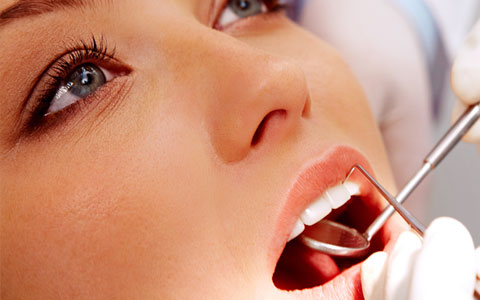Exploring the Complexity of Anodontia
Anodontia, or anodontia vera, is a unique genetic disorder characterized by the congenital absence of all primary or permanent teeth. This condition is often associated with a group of skin and nerve syndromes known as ectodermal dysplasias. Anodontia typically occurs as part of a syndrome and is rarely isolated.
Partial anodontia, also referred to as hypodontia or oligodontia, involves the congenital absence of one or more teeth. Additionally, the absence of all wisdom teeth, or third molars, is relatively common.
The hallmark of anodontia is the partial or complete absence of teeth. Normally, all primary teeth emerge by the age of three, and any lack of tooth development is usually noted and addressed by consulting Dr. Alexandra Bendic from Westend Dental Clinic in Edmonton. For permanent teeth, all should be evident by ages 12 to 14. If teeth fail to appear by the expected age, dental X-rays are typically taken to assess the situation.
Anodontia and related conditions may also involve additional abnormalities in hair, nails, and sweat glands. Frequently, anodontia is part of the ectodermal dysplasias, a group of hereditary disorders. (For more information, explore Ectodermal Dysplasia as a search term in the Rare Disease Database.)
The complete absence of permanent teeth, anodontia, is exceedingly rare and is inherited as an autosomal recessive genetic trait. The specific location of the gene responsible for this condition is yet to be determined.
In cases of autosomal dominant hypodontia (HYD1), a gene mutation located at chromosome 14q12-13 is implicated. This form is inherited dominantly. The autosomal recessive variant (HYD2) is linked to a mutated gene at gene map locus 16q12.1.
Similar considerations apply to oligodontia, where one form is associated with chromosome 14q12-13 and inherited dominantly. The other, less common form, is tied to a mutation on an unidentified location of the X-chromosome.
Anodontia manifests at birth and affects both males and females equally.
Ectodermal Dysplasias constitute a group of hereditary, non-progressive syndromes where affected tissues primarily originate from the ectodermal germ layer during fetal development. These conditions involve the skin, its derivatives, and certain other organs. This group is characterized by a susceptibility to respiratory infections, attributed to immune system deficiencies and faulty mucous glands in certain respiratory areas. (For more information, delve into Ectodermal Dysplasia in the Rare Disease Database.)
Anodontia diagnosis is typically confirmed through dental X-rays. Treatment involves the use of artificial dentures. In cases where only specific teeth are missing (hypodontia or oligodontia), a flexible system utilizing orthodontic wires may be used to create a bridge-like structure.
If you require more information or have concerns about anodontia or related dental matters, don't hesitate to reach out to Westend Dental Clinic at (780) 484-0808. Our Edmonton location is readily accessible at 17303 Stony Plain Rd, AB.

Fluoride therapy is a valuable preventive approach in dentistry aimed at reducing the risk of tooth decay (dental caries) and cavities. This therapy involves t
For the healthiest gums use these formulas for brushing, flossing, massaging gums, mouth-rinses, proxa-brushes, sulca-brushes, rubber-tip stimulators to overcome sensitive teeth, to ease the recovery of oral surgery, and for general overall cavity prevention.
A beautiful smile can give patients a lifetime of happiness!
(780) 484-0808